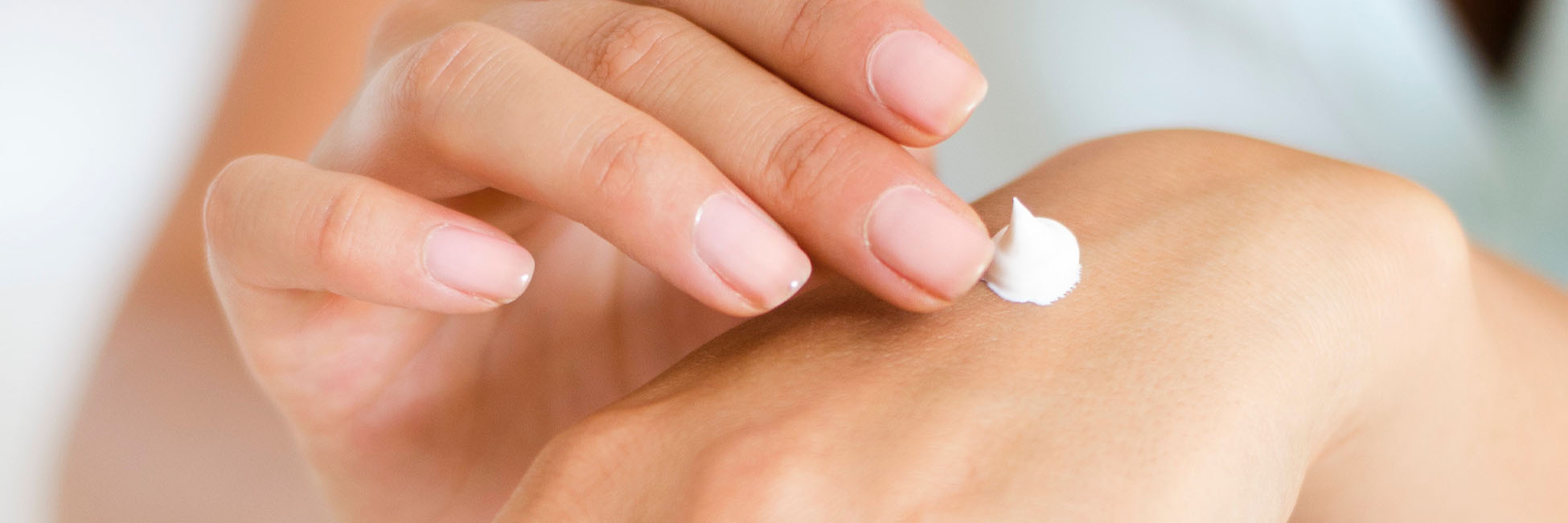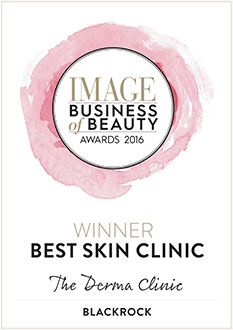Sun Protection & Age Spots
Exposure to ultraviolet light, UVA or UVB, from sunlight accounts for 90% of the symptoms of premature skin aging including wrinkles. The most important skin-care product available to prevent wrinkles is sunscreen, but most people do not use sunscreen correctly. Important factors to consider with sunscreen use are the spectrum of UV radiation absorbed, the amount of sunscreen applied, and the frequency of application.
★★★★★
“Would not go anywhere else”.
Composition of Sunscreens- What is the Best SPF? 26th June 2010
It used to be said that you only needed an SPF 15. Fine as far as it goes as SPF 15 really only protects against UVB-the rays that cause a sunburn. The UVA rays cause the cancer, tan, and wrinkles and they are not be protected by the lower number sunscreen. Recent research shows that the higher number sunscreens SPF 60 that contain Mexoryl SX, titanium dioxide, and Parsol 1789 are the most effective. A new development in sunscreens is to micronize them-but there is some loss of UVA protection with this physical change in the sunscreen properties. The best sunscreen is the one you have on! They are no good to any of us if left in the bottle. Be sure you carry a small bottle in your pocket or purse so you can reapply every 1-2 hours-particularly if outside with strenuous activities which makes us sweat the screen off.
UV Radiation
The sun gives off ultraviolet(UV) radiation that we divide into categories based on the wavelength UVC radiation is absorbed by the atmosphere and does not cause skin damage. UVB radiation affects the outer layer of skin, the epidermasand is the primary agent responsible for sunburns. UVB does not penetrate glass, and the intensity of UVB radiation depends on the time of day and the season. UVA radiation penetrates deeper into the skin and works more efficiently. The intensity of UVA radiation is more constant than UVB without the variations during the day and throughout the year. UVA is also not filtered by glass.
UV Radiation and Wrinkles
Both UVA and UVB radiation cause wrinkles by breaking down collagen, creating free radicals, and inhibiting the natural repair mechanisms of the skin. People with skin types I and II(fairskins) are at the highest risk for photoaging effects including wrinkles and skin cancer. The proper use of sunscreen to block both UVA and UVB radiation is an important weapon in the battle against wrinkles.
Picking the Proper Sunscreen
The SPF measures the amount of UVB absorption, but there is no method of reporting the UVA absorption. The only way to determine if a sunscreen protects against UVA and UVB radiation is to look at the ingredients. A good broad-spectrum sunscreen should have an SPF of at least 15 and contain avobenzone, titanium dioxide, or zinc oxide. We recommend an SPF30 for the face every day.
Applying Sunscreen Properly
Most people use sunscreen improperly by not applying enough. They apply only 25% to 50% of the recommended amount. Sunscreen should be applied liberally enough to all sun-exposed areas that it forms a film when initially applied. It takes 20-30 minutes for sunscreen to be absorbed by the skin, so it should be applied at least a half an hour before going out in the sun. Sunscreen should also be the last product applied especially on the face since some sunscreens can break down in the presence of water contained in water-based foundations and moisturisers.
Reapplying Sunscreen
Most instructions on sunscreen labels recommend reapplying sunscreen “frequently”, but the definition of “frequently” is vague. A common instruction is to reapply sunscreen after 2-4 hours in the sun. However, one study has shown that reapplying sunscreen 20 to 30 minutes after being in the sun is more effective than waiting 2 hours. It is possible that this time period is more effective because most people do not apply enough sunscreen initially, and this second application approximates the actual amount needed. Sunscreen should also be reapplied after swimming, excessive sweating, or toweling.
Normal Skin
At birth we are given a flexible, but tough, protective covering. The skin color is unblemished and wrinkle free. It has a smooth texture and a good elastic tone. The surface is covered with fine hair.
Chronologic Aged Skin
With age, all parts of the skin diminish in size and function. The skin becomes thinner, drier, and more fragile. Pigment cells are less active so that the skin tans less easily. Hair becomes finer, thinner, and gray. Despite these changes, “old” skin functions remarkably well, and no one has died of “skin failure.”
Sun Aged Skin
Sunlight injures the skin, particularly the epidermis. The cumulative effects of sun exposure are wrinkling, blotchy pigmentation and roughness. Sun damaged skin also becomes less flexible and more easily bruised. Finally, sun damage is the major cause of skin cancer.
Hyper Pigmentation
Imperfections from Sun Damage and Photo-Ageing
Facial imperfections or abnormalities can detract from your well being and appearance, no matter how healthy and young you feel. IPL technology helps create smoother-looking skin. After a series of treatments, you can see a significant reduction of unwanted pigmentation. The same treatment can be used effectively on the neck, chest, arms and hands.
How is this technology performed?
A cold gel is usually applied to the area to be treated, and you may be given dark glasses to protect your eyes from the bright light. The smooth glass surface of the IPL handpiece is gently applied to your skin and pulses of light are applied. You may feel a slight sting, like the snapping of a small rubber band. An anesthetic cream may be used, but is seldom required. Treatment is generally administered in a series of 2 to 6 sessions that provide excellent long-term results, minimal adverse effects and high satisfaction. Each treatment takes about twenty minutes.












